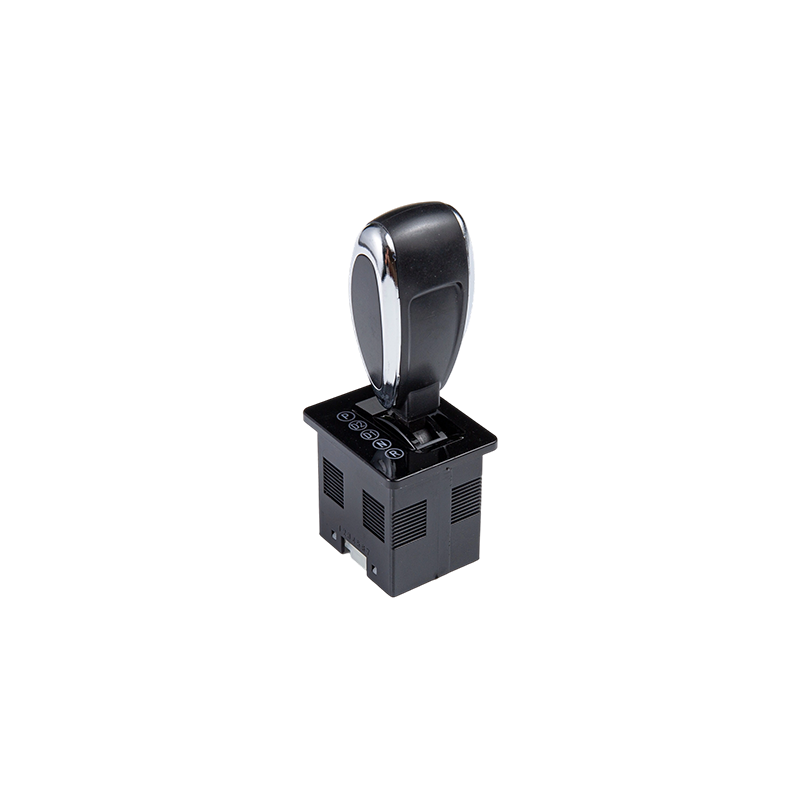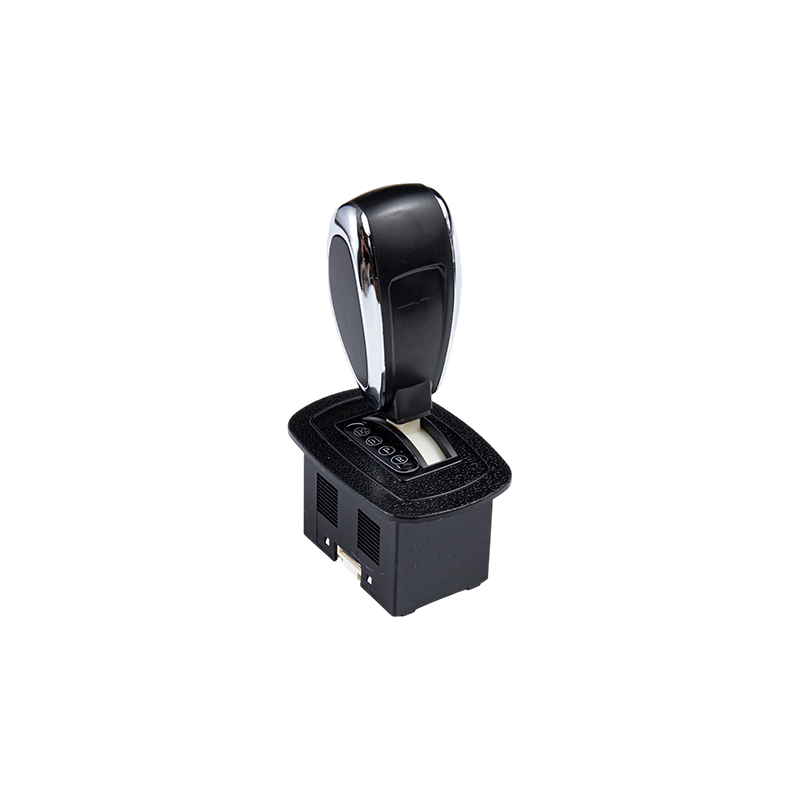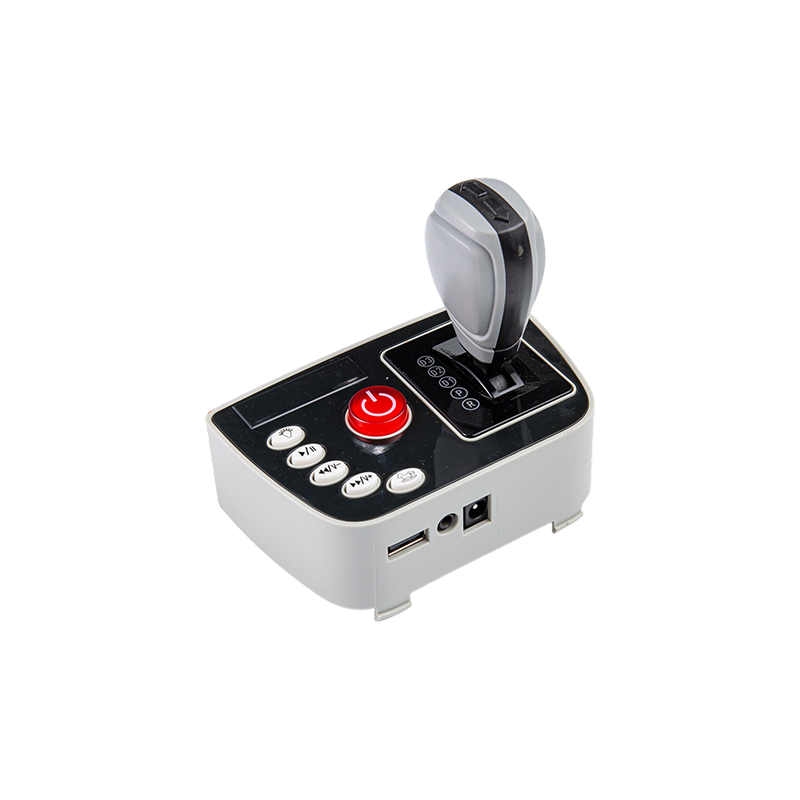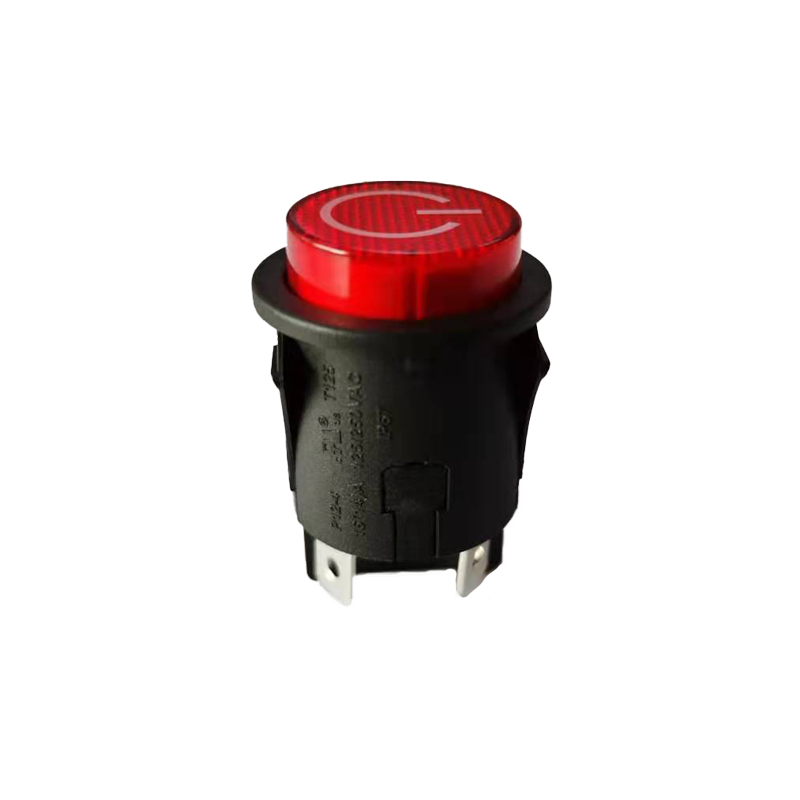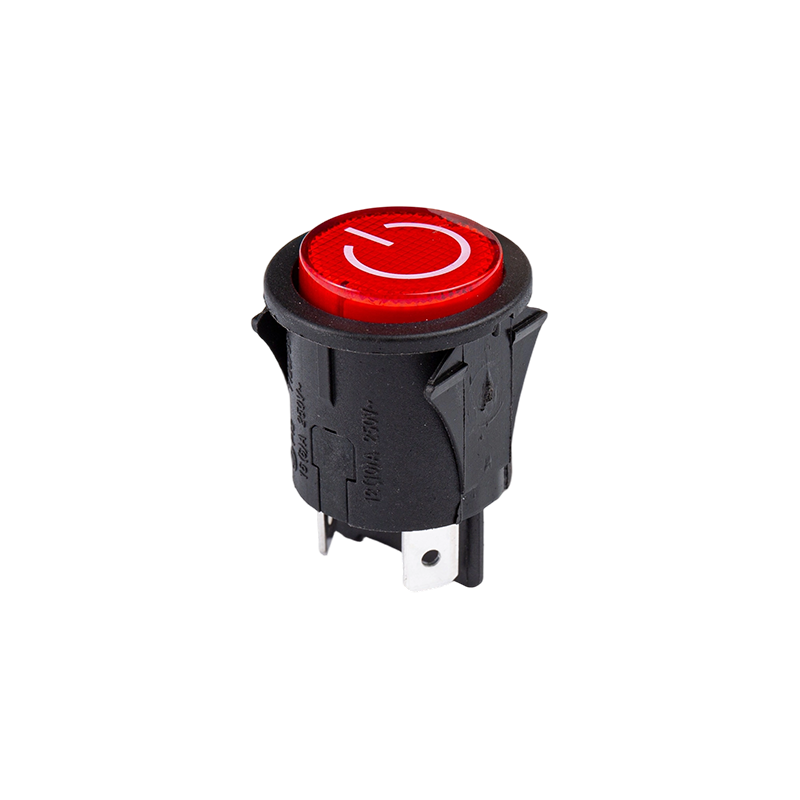-
A Rocker Switch is a compact and easy-to-operate manual control component. Its unique rocker-style actuation, combined with a toggle or momentary reset function, allows users to quickly switch circuit...View More >>
-
A micro switch is a small mechanical switch with a fast action mechanism, which is widely used in household appliances, industrial automation, automotive electronics, medical equipment, and other fiel...View More >>
-
Push button switches are widely used in various control systems with their diverse structural designs, high-strength material selection, and excellent performance. The products are available in a vari...View More >>
-
The internal structure of the piano key switch mostly adopts a mechanical or light-touch design. Some high-end models use capacitive sensing technology to achieve contactless operation, thereby improv...View More >>
-
The baby stroller gear switch is an innovative product independently developed by our company. We have applied for invention patents both domestically and internationally, which fully demonstrates the...View More >>
-
The knob switch adopts a high-sensitivity rotary contact structure, which has smooth operation and clear positioning, ensuring that every adjustment is accurate. The product has excellent durability a...View More >>
-
The KM trigger switch is a universal high-current switch designed for high-power power tools, with excellent current carrying capacity and stable performance. The internal fast-action structure ensure...View More >>
-
A door control switch, also known as a door magnetic switch or door status sensor, is a key electrical component widely used in industrial control, security systems, intelligent building automation, a...View More >>
-
The wiring harness is an overall wiring assembly that integrates multiple wires, cables, terminals, and connectors according to specific electrical design and mechanical structure requirements. It is ...View More >>
-
PCB control board is one of the indispensable core components in modern electronic devices. As the brain of the control system, it is widely used in many fields such as industrial automation, consumer...View More >>
How to choose the right baby stroller gear switches?
 2025.11.13
2025.11.13
 Industry News
Industry News
Understanding the Role of Baby Stroller Gear Switches
When it comes to baby strollers, gear switches are one of the most important yet often overlooked components. These switches control the stroller’s movement, direction, and safety locks, ensuring parents can easily adjust speed or handle terrain changes. A high-quality gear switch enhances not only convenience but also safety and durability. Understanding what gear switches do and how they influence the stroller’s overall performance is essential before making a purchase.
In simple terms, gear switches connect to the stroller’s wheel and brake mechanisms. They manage functions such as locking the wheels, switching between forward and backward motion, or engaging different speed levels in powered strollers. Because they directly affect maneuverability and stability, selecting the right type is critical to ensure comfort and security for both the parent and the baby.
Key Factors to Consider When Choosing Gear Switches
Material and Durability
The material used in gear switches significantly determines their lifespan. Most switches are made of reinforced plastic or aluminum alloy. Plastic switches are lightweight and cost-effective, suitable for casual use on flat terrain. In contrast, aluminum or steel switches are stronger and resist wear from frequent use or rough conditions. For parents who plan outdoor walks or travel on uneven paths, metal-based switches are highly recommended.
Smoothness and Responsiveness
A good stroller gear switch should operate smoothly without sticking or producing noise. Test the responsiveness by shifting between gears—whether it’s the brake, speed control, or directional setting. The transition should feel natural and require minimal force. A smooth mechanism prevents accidental jerks that could disturb or endanger your baby during movement.
Safety and Locking Mechanism
Safety is the top priority. Look for gear switches that include secure locking systems to prevent unintended rolling. Many modern strollers integrate dual-lock switches, ensuring both rear wheels lock simultaneously. This design minimizes the risk of tipping or sliding on slopes. Always confirm that the lock remains firm even when the stroller is loaded with weight.
Compatibility with Stroller Design
Different strollers come with varied designs—some use individual switches for each wheel, while others rely on a centralized control handle. When replacing or upgrading gear switches, ensure they are compatible with your stroller’s make and model. Using mismatched components can lead to mechanical failure or reduced stability. Check the manufacturer’s recommendations or consult a professional before installation.
Types of Baby Stroller Gear Switches
Gear switches come in several designs based on functionality and user preference. Understanding their differences helps in selecting the best option for your specific needs.
| Type | Key Features | Best For |
| Manual Gear Switch | Simple lever system; easy to operate and maintain | Standard non-electric strollers |
| Electric Gear Switch | Integrated with power-assisted models; smooth automatic adjustment | Smart or powered strollers |
| Dual-Lock Switch | Controls both wheels simultaneously for improved safety | Mountain or jogging strollers |
| Rotary Switch | Circular dial for adjusting multiple settings smoothly | Premium and multifunctional models |
Practical Tips for Maintenance and Longevity
Even the best gear switches require care to maintain performance. Regular cleaning and proper lubrication prevent dust and moisture from affecting internal components. Avoid using harsh chemicals that may corrode metal parts or weaken plastic housings. When cleaning, use a dry cloth for external surfaces and mild oil for metal joints.
- Inspect gear switches monthly for cracks or stiffness.
- Ensure all screws and bolts remain tight after regular use.
- Replace worn-out parts immediately to prevent mechanical failure.
- Avoid storing strollers in humid environments that may cause rust.
How to Test the Quality Before Purchase
Before buying a stroller or replacement switch, testing is crucial. Try operating the switch several times to feel the resistance and control. The movement should be consistent and not overly tight or loose. Listen for any clicking or grinding noises that might indicate poor internal construction.
If purchasing online, review detailed product specifications and customer feedback. Reputable manufacturers often provide videos demonstrating switch functionality. You can also check for certifications like EN 1888 or ASTM standards, which ensure the switch meets safety and performance requirements.
Conclusion: Making the Right Decision
Choosing the right baby stroller gear switches is a blend of understanding mechanical quality, compatibility, and personal comfort. Parents should prioritize safety, smooth control, and material durability when evaluating options. Whether you need a simple manual switch or an advanced electric one, the decision should align with how often and where the stroller will be used.
A reliable gear switch not only improves the stroller’s handling but also ensures peace of mind during every outing with your child. With careful attention to design, maintenance, and testing, you can confidently select a switch that enhances both safety and convenience for years to come.





 English
English  русский
русский  Español
Español  Deutsch
Deutsch  عربى
عربى 
